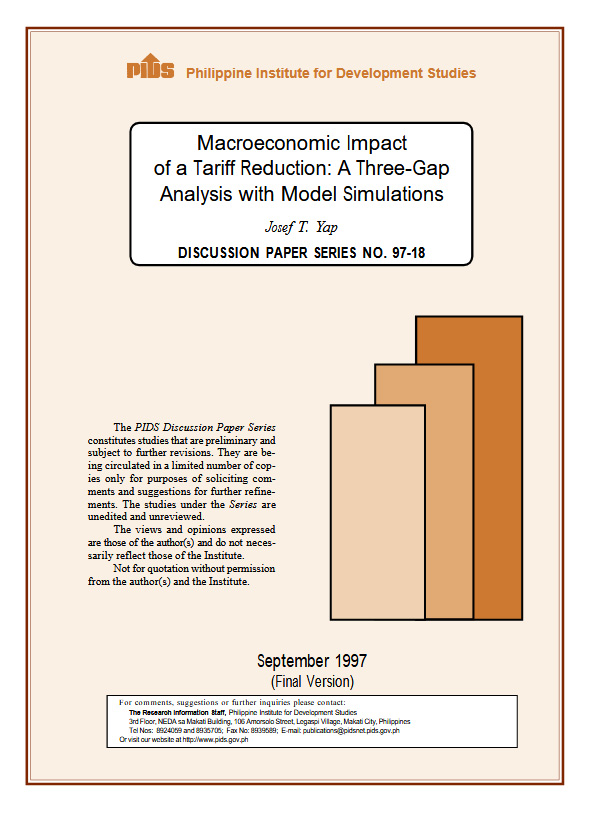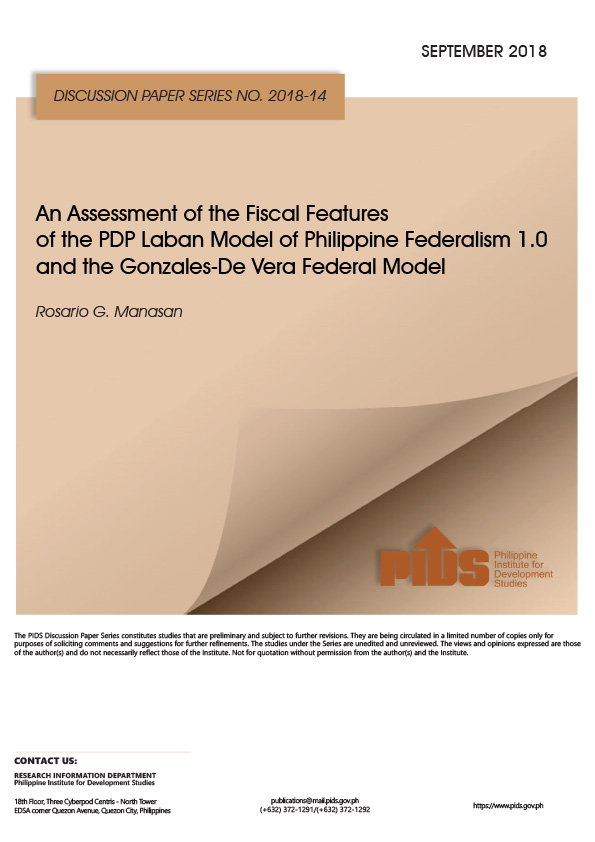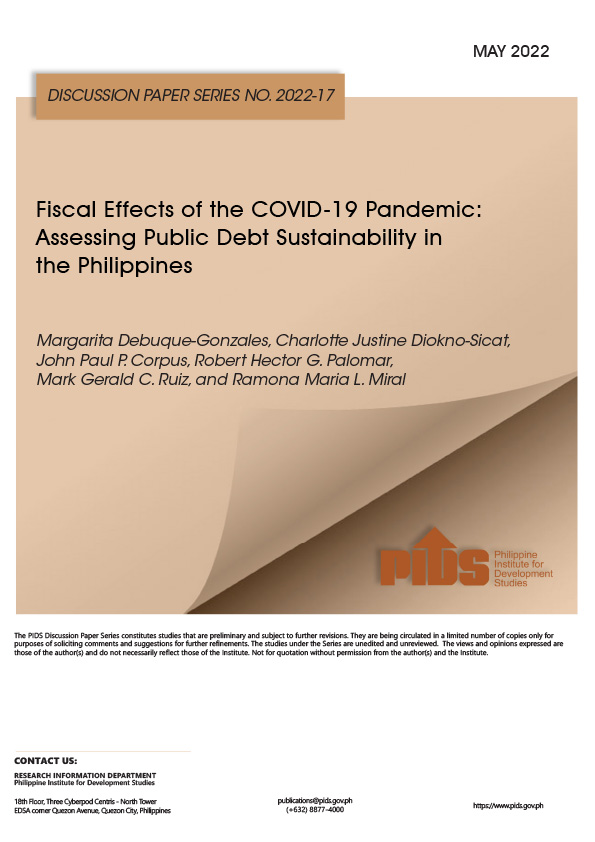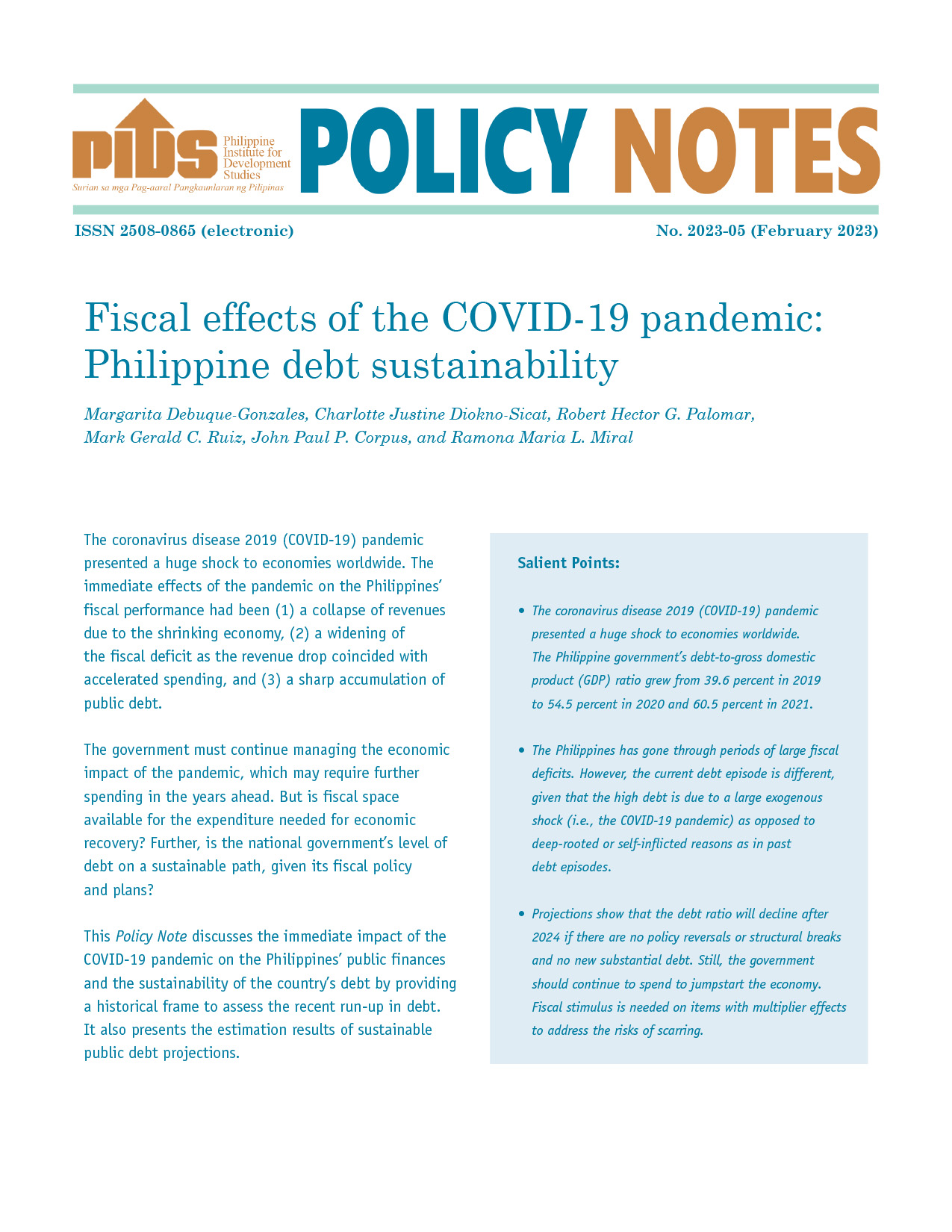Using a three-gap model, it can be shown that a reduction in the tariff level will lead to an unambiguous decline in the GDP growth rate if it results in a reduction of the surplus of the government’s primary account. Empirical results using Philippine data show that this condition is satisfied. Since FDI is crucial in breaking the economic gridlock brought about by capital inflows, policy makers should determine whether greater macroeconomic instability that results from larger fiscal and trade deficits can be offset by the more liberalized economic environment in attracting FDI. It may also be the case, however, the greater macroeconomic instability will eventually countervail any benefits from microeconomic reform.













